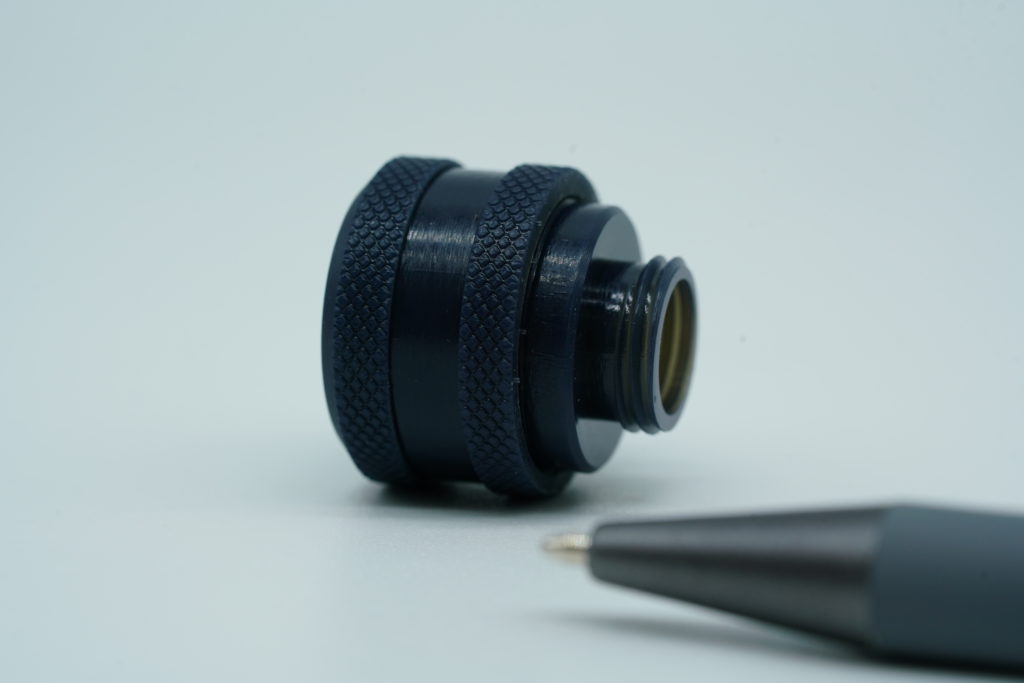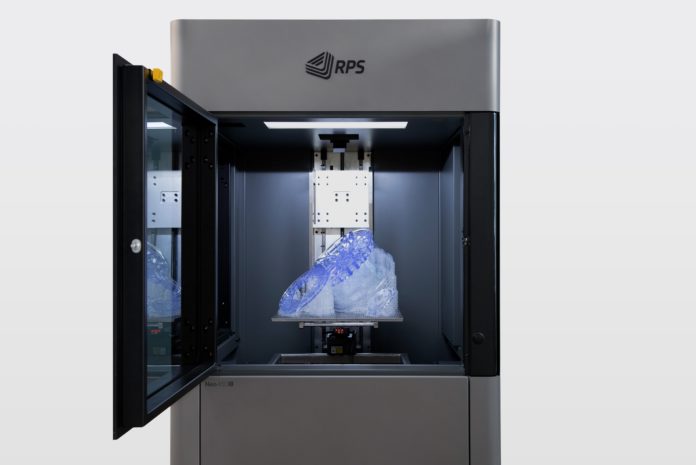UK-based manufacturer of 3D printer RPS has launched its new series of 3D printer: the Neo stereolithography range available in two models: the Neo450e and the Neo450s.
First and foremost, the new series is based on the Neo800, the company’s flagship product. From the USA to Czech Republic and UK, the Neo800 has convinced several parts producers of the necessity to use SLA technology. If these manufacturers praise the 3D printers’ large build area, one benefit that attracted them is the fact that the 3D printer is an open material system.
With the goal of providing more flexibility and versatility to operators, RPS develops the two 3D printers with specific objectives in mind.
The main differences between the Neo450s and the Neo450eare the size of the parts and the production speed. The Neo450s is designed for small to medium repeatable parts whereas the other industrial 3D printer delivers performance and versality in addition to all the benefits of the Neo450s. Furthermore, the Neo450s would be 40% faster than the Neo450e.
“We developed the Neo 3D printer to drive forward and transform the expectations of stereolithography. Thankfully, gone are the days of hand finishing poor quality parts from fragile materials. Neo printed parts rival both the quality and accuracy of injection moulded parts directly from the printer. With the Neo450 series, we wanted to design and develop a reliable, versatile machine that offered customers more functionality. With the Neo450e, customers can produce complex industrial-grade quality parts from an affordable 3D printer. With the Neo450s, customers can now quickly produce small to medium parts in SD or build intricate HD parts over the entire build area”, David Storey, Director of RPS states, speaking of the launch.
The two 3D printers have several features in common
First, the two 3D printers can be used either in standard (SD) or high definition (HD) build modes. These build modes are a great way for operators to save money as they would no longer need to use several systems with different functions.

Just like it is with the Neo800, the manufacturer has kept its new 3D printers open in terms of materials. So far, DSM has been RPS’ main materials partner. It has supported RPS customers by developing dedicated materials for SLA 3D printing, the latest one being the advanced photopolymer named PerFORM Reflect.
Moreover, the company’s scanning resolution helps reduce finishing time by up to 50% while connected services such as the built-in camera, emailed progress reports and status updates help the operator to carefully monitor the manufacturing process.
Neo 3D printers can easily find their place in F1, automotive, and service bureaus. With this release, the British manufacturer is giving SLA 3D Printing a prominent place in industrial applications, alongside Metal AM and FDM technologies.
Remember, you can post AM job opportunities for free on 3D ADEPT Media or look for a job via our job board. Make sure to follow us on our social networks and subscribe to our weekly newsletter: Facebook, Twitter, LinkedIn & Instagram! If you want to be featured in the next issue of our digital magazine or if you hear a story that needs to be heard, make sure to send it to contact@3dadept.com






